US President Donald Trump has signed an executive order reducing tariffs on Japanese car imports from 27.5% to 15%, a decision expected to ease uncertainty for Japanese automakers and global supply chains. The move, announced Thursday, marks a significant development in trade relations between Washington and Tokyo.
The order finalises a deal first unveiled in July, under which nearly all Japanese exports to the United States — including automobiles, pharmaceuticals, and other key goods — will be subject to a 15% levy. Industry experts view the reduction as a crucial adjustment for major car manufacturers such as Toyota, Honda, and Nissan, who rely heavily on the US as their largest export market.
Investment and Market Access Commitments
As part of the agreement, Japan has pledged to invest $550 billion (£410bn) in US-based projects over the coming years. In return, Tokyo has agreed to gradually open its economy to more American products. The White House reported that Japan will purchase approximately $8 billion worth of US goods annually, spanning agriculture, fertilisers, and bioethanol.
A key concession involves agricultural trade, with Japan set to increase its imports of US-grown rice by 75%. The change represents a notable policy shift, as Japan has historically resisted expanding rice imports to safeguard its domestic farmers.
Trade Balance and Economic Impact
The White House stated that the deal aims to reduce the trade deficit between the US and Japan while creating what it called “breakthrough openings” for American businesses. The Japanese economy, which depends heavily on exports, is expected to benefit from the reduced tariff burden, particularly in the automotive sector. Cars alone account for about one-fifth of Japan’s total exports.
Japanese negotiators expressed cautious optimism. Ryosei Akazawa, Japan’s top trade representative, welcomed the announcement by reposting the White House statement with a brief comment in Japanese that translated to “Finally.”
Industry Response and Market Reaction
The automotive sector, one of Japan’s most important industries, has closely monitored developments in tariff negotiations. Toyota, for instance, had previously warned that higher US tariffs could cost the company an estimated $10 billion this year. With the new order in place, analysts suggest that Japanese automakers will face less financial strain and will have greater clarity for long-term planning.
The market responded positively following the signing of the executive order. Shares of Japanese car manufacturers and auto parts suppliers saw gains during Friday trading in Tokyo, reflecting investor confidence that the tariff reduction would support growth in one of Japan’s largest export markets.
Broader Trade Context
The new agreement follows months of discussions between Washington and Tokyo, which began after the United States introduced a broad set of global tariffs earlier this year. While the latest deal provides relief for Japan’s automotive sector, it also underscores the continuing shifts in international trade dynamics, as countries seek to secure favourable terms in response to changing US trade policies.
For American businesses, particularly in agriculture, the agreement opens new opportunities in a market that has been historically cautious about liberalisation. For Japan, it provides stability in its most important export destination, balancing the need to protect domestic industries while maintaining strong bilateral ties with the United States.
Conclusion
The tariff cut represents more than just a policy change on car imports. It signals a broader economic partnership between the two nations, one aimed at investment, market access, and greater trade balance. While challenges remain in the global trade environment, the deal between the US and Japan is seen as a step toward stability and predictability for businesses on both sides.
#SupplyChainNews #GlobalTrade #AutoIndustry #Tariffs #MarketUpdate

















